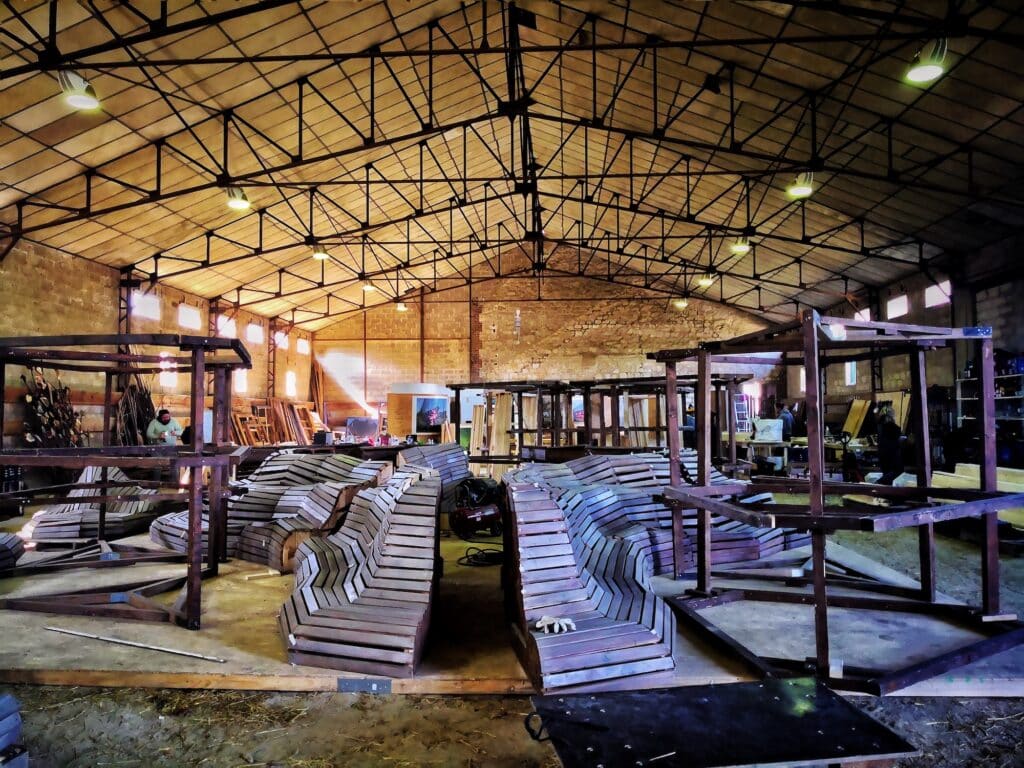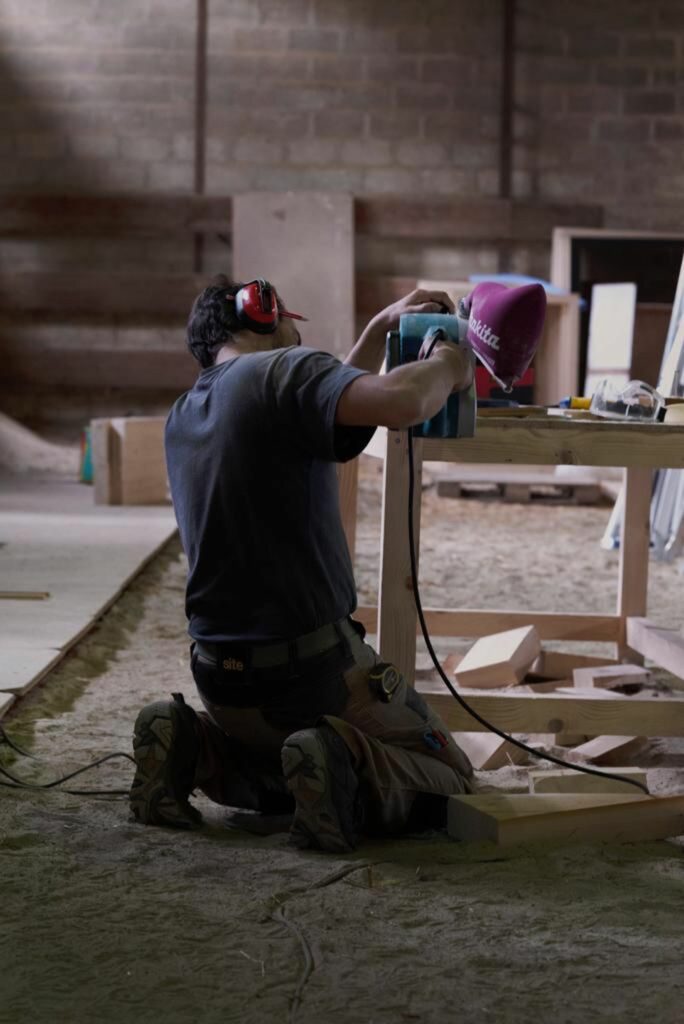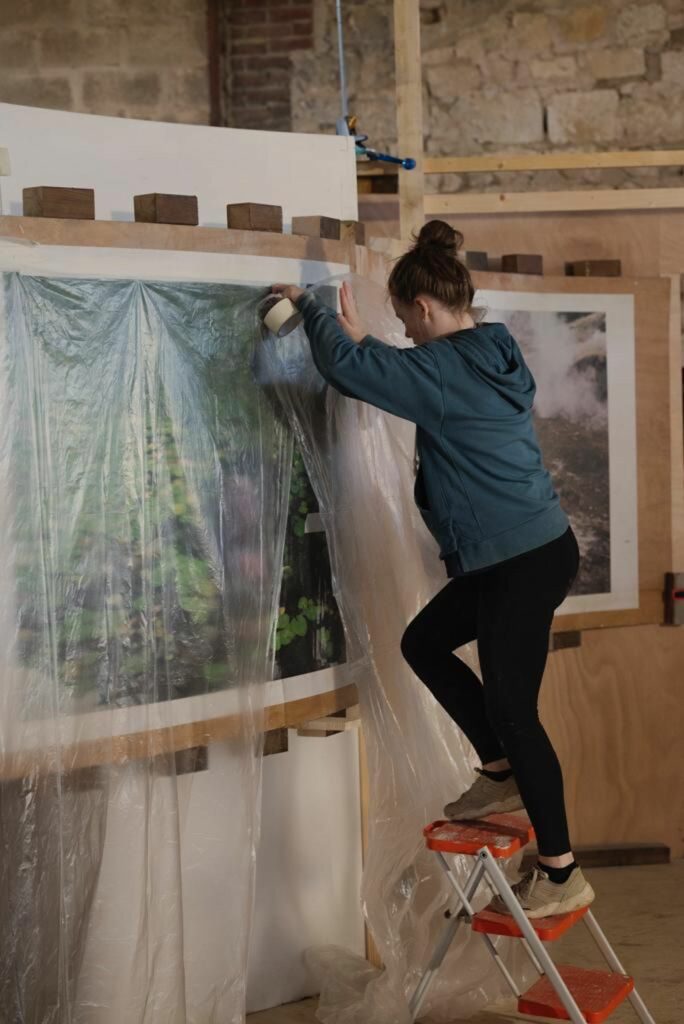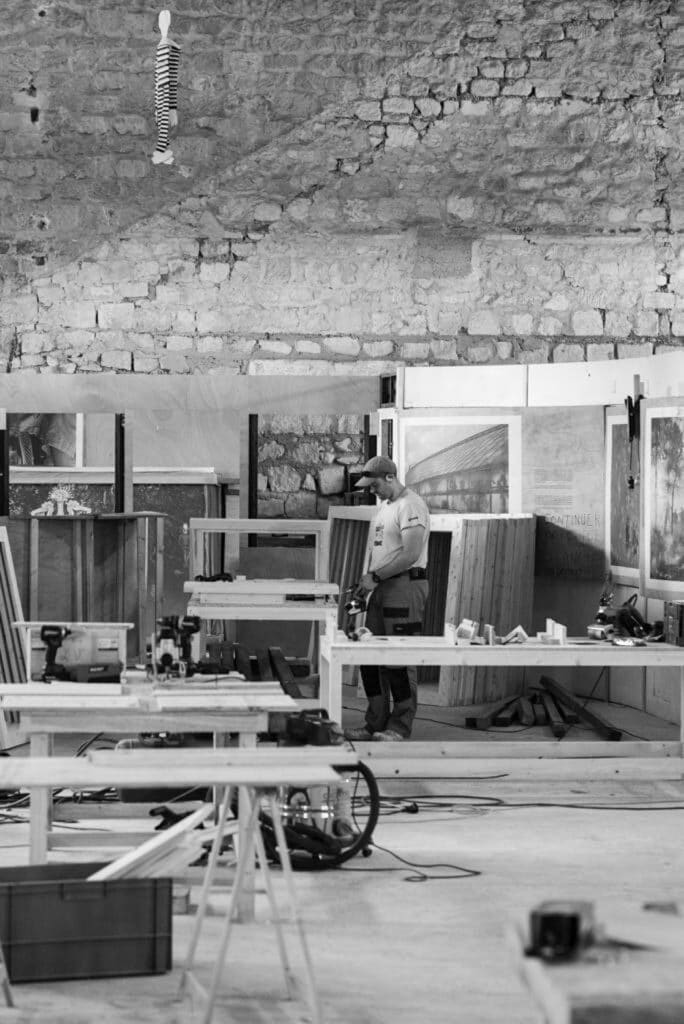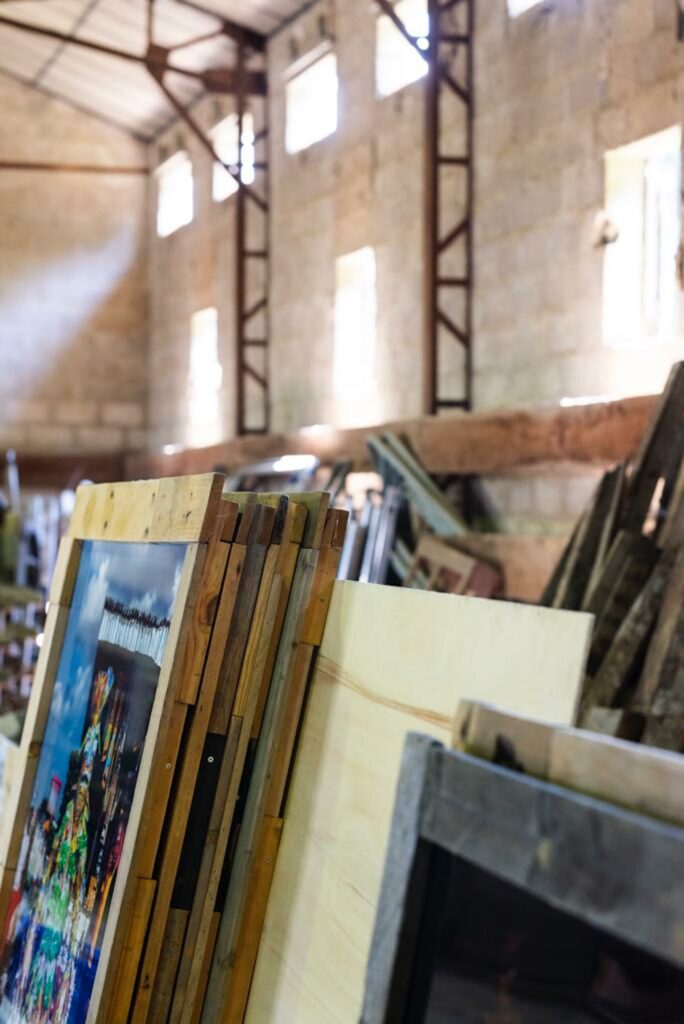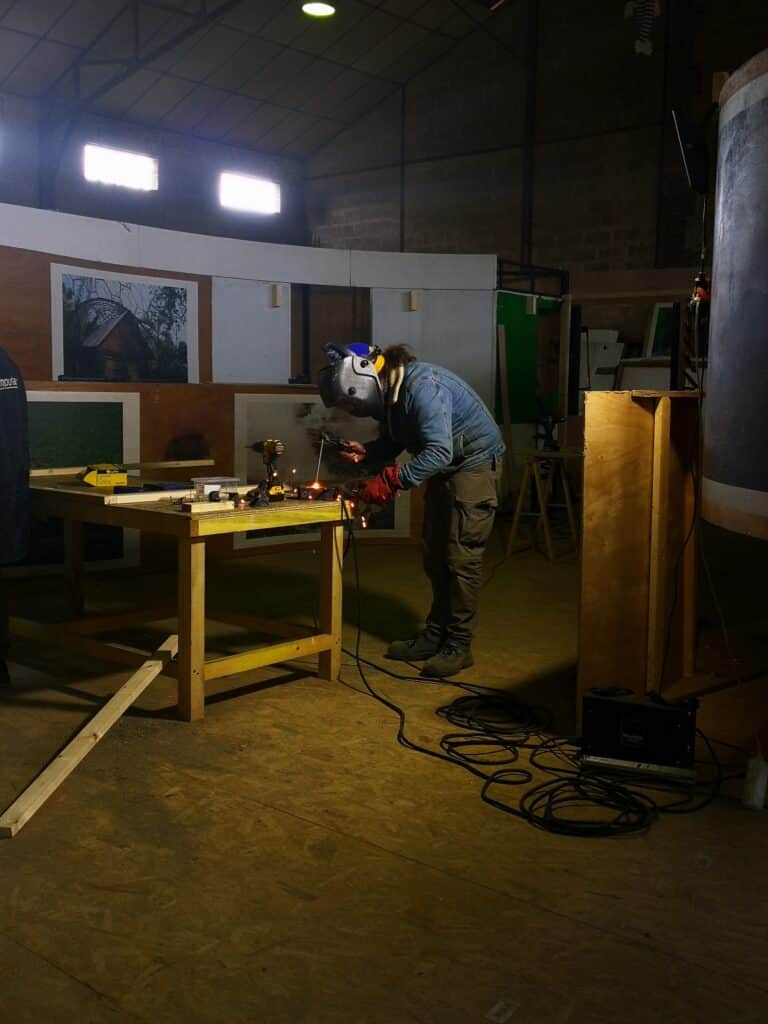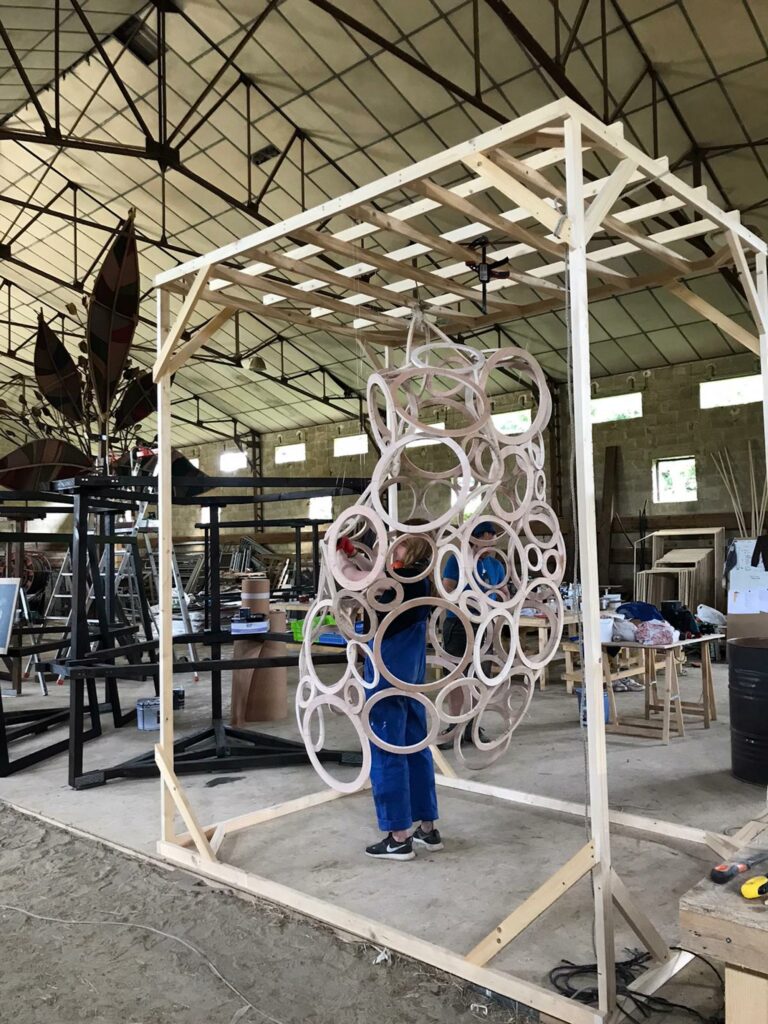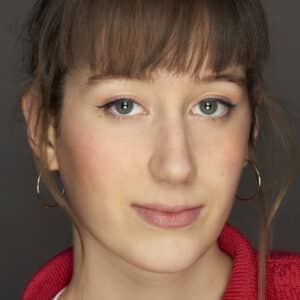For over a decade, Nicolas Henry has been channeling his ecological commitment into his art. Following his project celebrating the 70th anniversary of Emmaüs in 2019, Henry set his sights higher by launching a festival. With the collaboration of his photographer partner Floriane de Lassée and the association Le Tour d’un Monde, Photoclimat was inaugurated in 2021. This free, open-air environmental and social biennial runs for a month in the heart of Paris and its surrounding areas.
Step 1: Securing Funds
“The first thing to do when launching a festival is to look for sponsors,” says Floriane de Lassée. “In March, we start the production of exhibitions that will take place in September. The issue is, our timeline doesn’t align with those of our partners and patrons. We often have to front a significant amount of money without any assurance of reimbursement. Last-minute cancellations have happened.”
Being free and outdoors, Photoclimat aims to occupy Parisian space to offer art and advocacy to as wide an audience as possible. The City of Paris permits the festival to take over key areas in the capital for a month. “In September, two million people pass along the banks of the Seine,” highlights Henry.
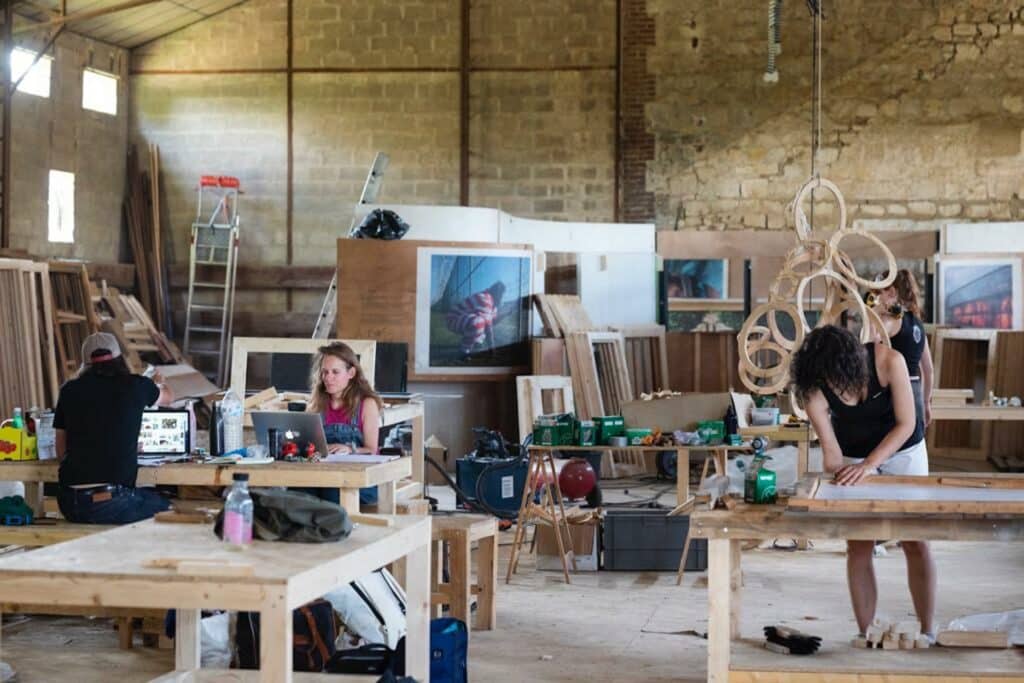
The Biennale revolves around four major themes: Conflict, Climate, and Resilience; Biodiversity; Community Engagement and Life Transformations; and Women. The last theme was introduced in this second edition, thanks to the support from the Fondation RAJA–Danièle Marcovici, an organization actively supporting women’s causes. The Ministry of Culture and the Agency for Ecological Transition also contribute, backing photographic commissions for around thirty NGOs, such as Human Rights Watch, CCFD-Terre Solidaire, and Action Against Hunger. On the corporate side, brands like L’Oréal have also joined as sponsors.
Born from a dialogue among NGOs, foundations, and public authorities, “Photoclimat serves as a confluence of strong leaders from various spheres, coming together for a common cause,” summarizes Henry. With an overall budget close to 500,000 euros, it’s the financial backing from patrons that brings this event to fruition. In comparison, La Gacilly Photo Festival operates on double the budget, with 60% of its funding sourced from private donors, including a significant 40% contribution from the Yves Rocher Group.
Step 2: Finding the Artists
“Next, you need to find the artists, either directly or through their agents or galleries,” continues Floriane de Lassée. This, over forty photographers will be showcased, including global talents like Yann Arthus-Bertrand, Richard Mosse, and Stéphan Gladieu. The subjects covered are societal, but Photoclimat is not purely documentary. The modes of artistic expression range from performances and installations to land art and reportage.
Naturally, Nicolas Henry and Floriane de Lassée are showcasing their own series at the event. Floriane’s work focusing on domestic violence will be displayed at the Women’s Pavilion at Place de la Bastille. To develop her series, she collaborated with the Fédération Nationale Solidarité Femmes (FNSF) and was deeply influenced by the poignant testimonies relayed by hotline operators at the emergency number 3919. “One particular image has profoundly affected me,” she said, pointing to a striking 180×120 cm print. Titled Departure, the image dramatizes the often unsuccessful attempts to escape a violent situation. “On average, it takes about eight attempts for a woman to actually leave because she is ill-prepared. Being prepared involves multiple factors: finding a school for the children, securing a place to live, having some savings, and so on.”
Photoclimat also aims to highlight emerging artists, a goal often complicated by logistical constraints. “We aim to exhibit works from artists around the globe, but bringing everyone on-site is not feasible,” admits Floriane de Lassée. “For the Women’s Pavilion, most of the selected artists reside in France, or even in Paris. Since we can’t provide lodging or meals, if they do come, it’s at their own expense. Managing everything becomes quite challenging when you’re operating with a small team.”
Step 3: Setting Up the Festival
The sounds of Red Hot Chili Peppers blend with the industrial hum of drills, sanders, and other machinery. Inside a barn transformed into an art workshop for festival preparations, everyone is busy at work. Situated just an hour away outsied Paris, near Plailly in the Val d’Oise, the farm setting includes chickens, rabbits, and goats. Amid this rural backdrop, wooden structures are being assembled and prints framed.
A large-scale event like this calls for extensive preparations. Since last March, artists, architects, set designers, carpenters, and dedicated volunteers have been laboring over the construction and production of exhibition scenography, as well as the setup of the exhibits themselves. “Once the photograph is printed, our work is far from over. The entire scenography requires a great deal of time and energy,” elaborates de Lassée. To meet the tight deadline, Nicolas and Floriane have even enlisted the help of interns and volunteers: “Right now, we have about fifteen people in the workshop, but for most of the year, it’s just the four of us.”
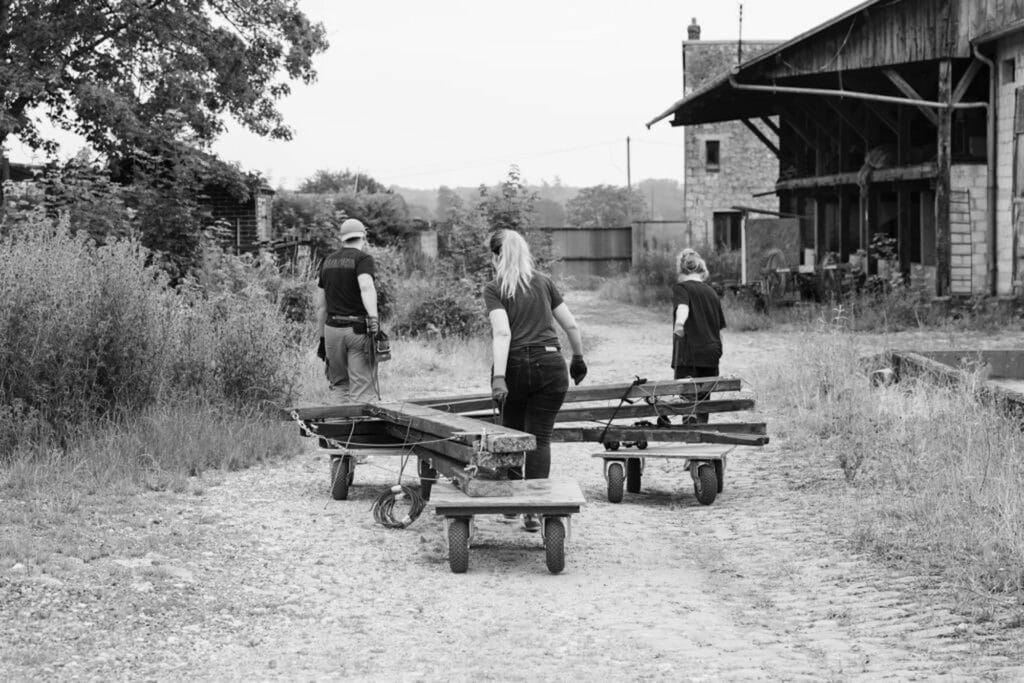
Come September-October, Photoclimat runs not only in Paris: the exhibitions are intended to travel throughout France. Nicolas Henry and theater set designer Julien Peissel have conceived a scenography that echoes the portable backdrops of theater sets. Made from recycled and upcycled materials like wood and metal, the spectacular designs aim to be environmentally conscious and highly adaptable. With the artistic environment intended to travel and evolve, the prints are made available to NGOs after the biennale. This actually serves as the festival’s primary revenue stream, as 80% of the exhibits from the first edition have been repurposed for other cultural events.
The Event: Champagne, Appetizers, and Opening Reception
During its inaugural edition in 2021, Photoclimat shared the square in front of the Hôtel de Ville with a Covid tent. This year, the festival team has set up its offices at the Académie du Climat, as well as a reception area at Place de la Bastille, designed as a traditional Mongolian yurt. “I’ve set up my bed, some plants, and turntables,” explains Henry, who has taken up residence in the yurt for the duration of the festival. “Every day, there’s a dinner, a cocktail event, a round-table discussion, some entertainment, or a lecture.”
And the days are long. “A typical day starts around noon, earlier if we appear on Télématin. When that happens, visitor numbers double the next day. Some people even take trains from all over France just to see the exhibitions. The evenings are for meetings and openings. Starting at 6 pm, I welcome a group, and we go on a guided bike tour of the exhibitions. Then, at 8 pm, we return to Place de la Bastille to visit the Women’s Pavilion. Next, we have dinner, and the day usually ends quite late.”
With an estimated 5 million visitors, Photoclimat sheds light on the daily work of the 12 million people involved in associations across France. It serves as a true awakening to social commitment and contemporary environmental issues.
Photoclimat, Biennale sociale et environnementale, Paris, September 14 to October 15, 2023. Free admission. Visit the event website for exhibition schedule and venue map.
